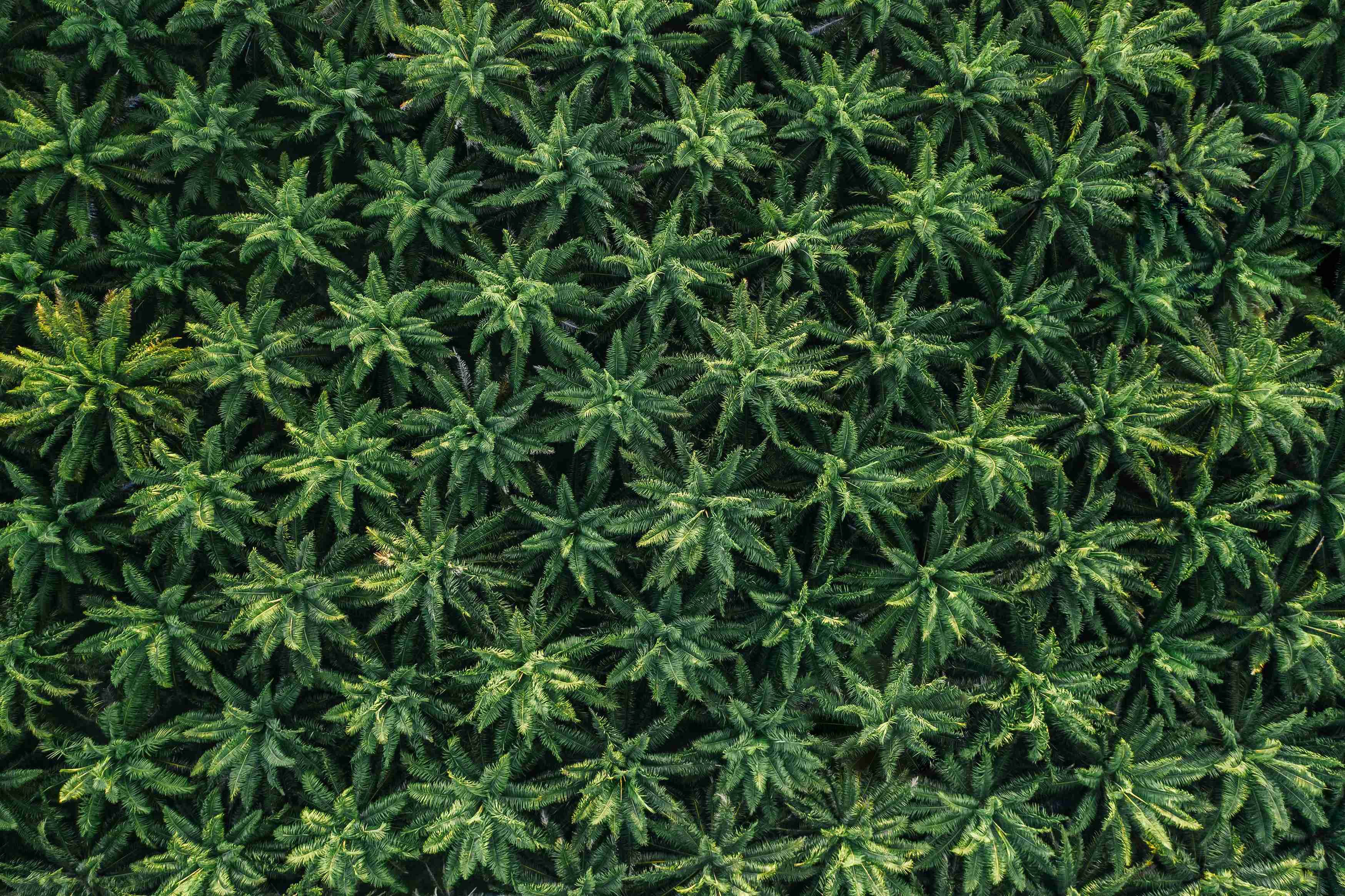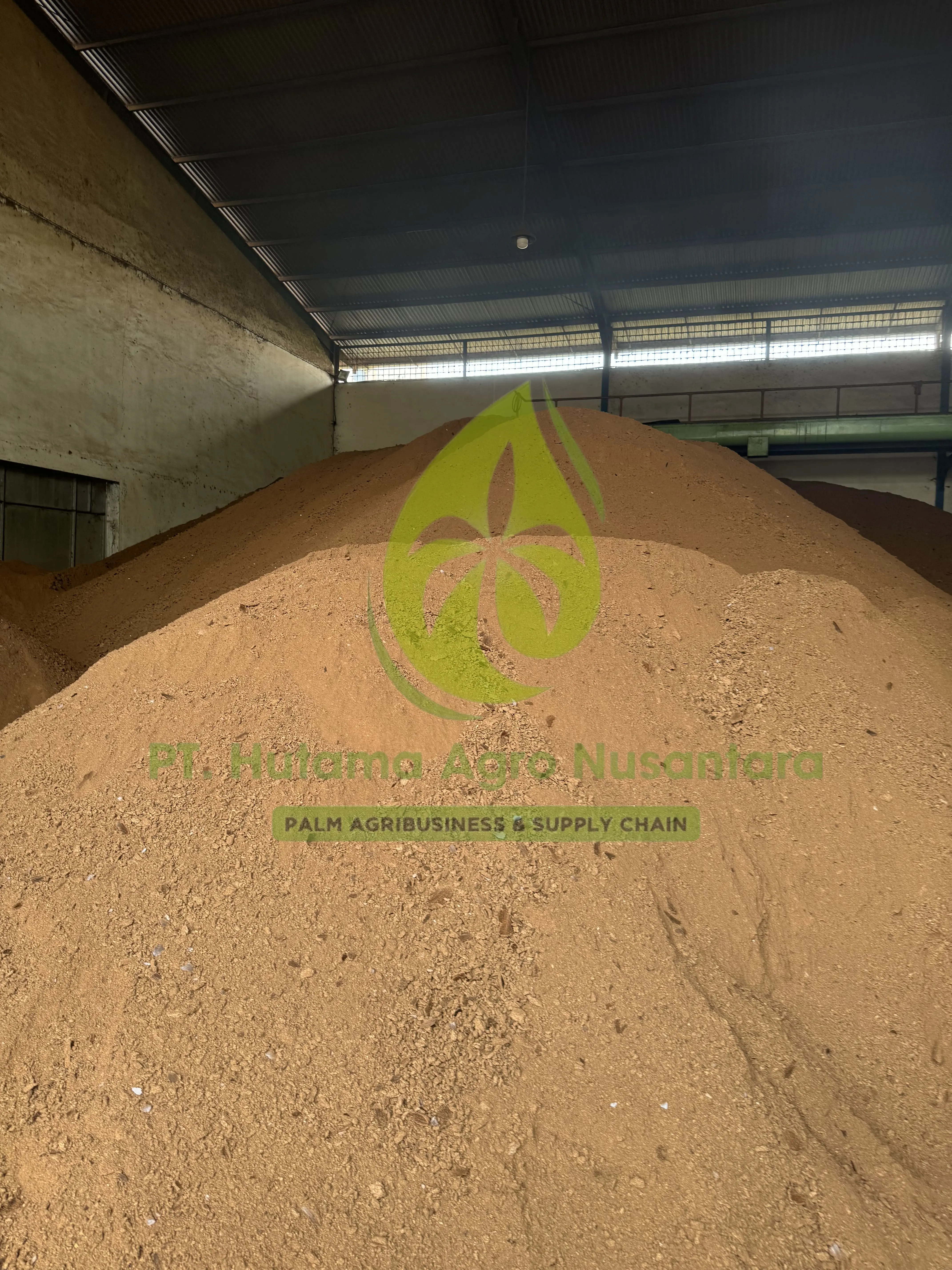Cultivation and Harvesting
Growing Conditions
Palm oil trees thrive in tropical climates with temperatures between 24-30°C and annual rainfall of 1,800-2,500 mm. They are usually planted in rows with sufficient spacing to allow for growth and harvesting.
Harvesting Process
The harvesting process involves cutting the fruit bunches from the trees using a sickle or a mechanized cutter. The fruit is then transported to a processing facility where the oil is extracted through a series of steps including sterilization, threshing, and pressing.
Post-Harvest Handling
After harvesting, the palm fruits are quickly transported to the mill to prevent spoilage. At the mill, the fruits undergo a process of sterilization to stop the enzymatic activity that can degrade the oil quality. This is followed by threshing to separate the fruit from the bunches.
Oil Extraction
The extracted fruits are then pressed to release the crude palm oil. This oil is further purified and refined to remove impurities and achieve the desired quality. The by-products of this process, such as palm kernel cake, are often used as animal feed or for other industrial purposes.













.svg)









